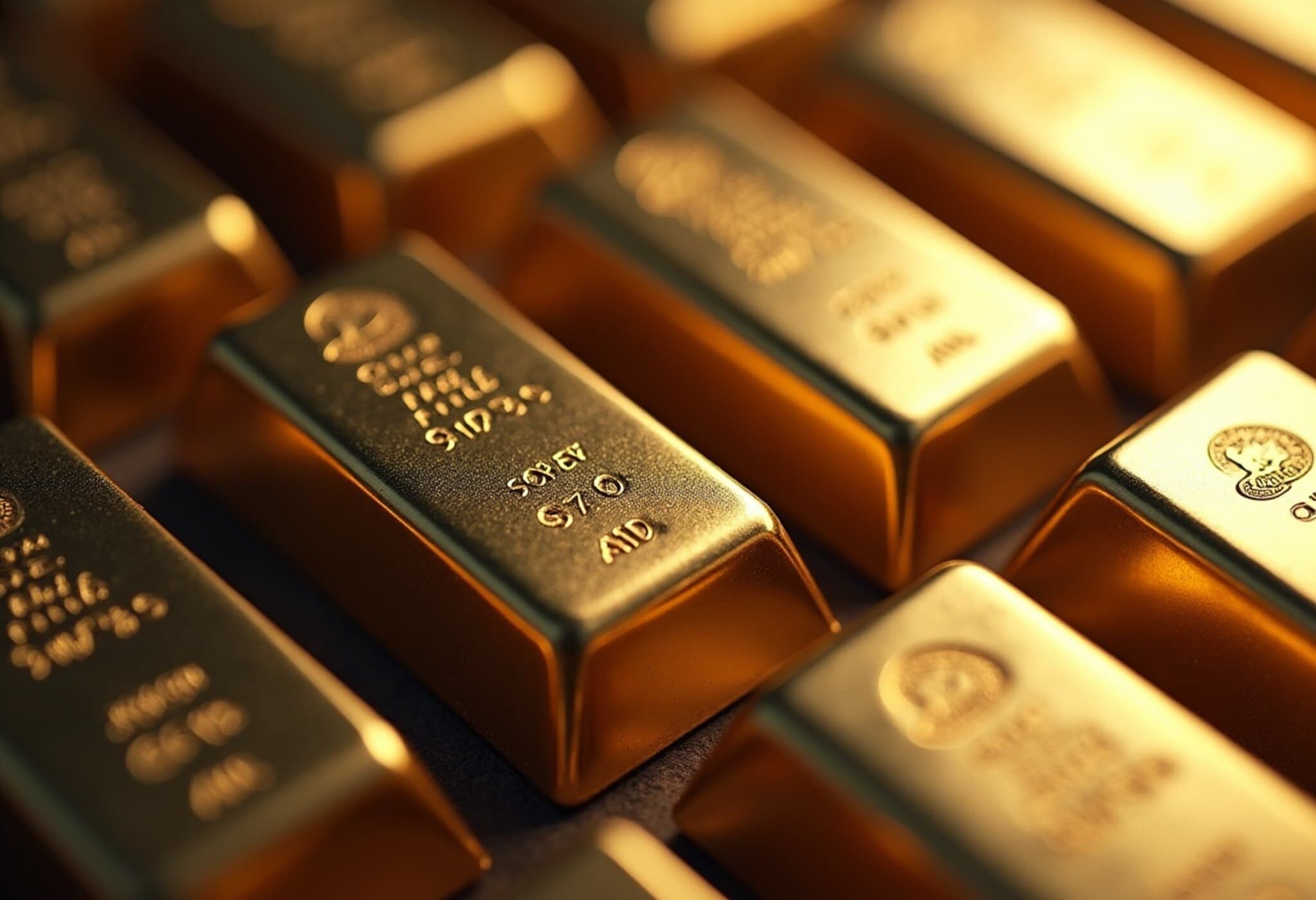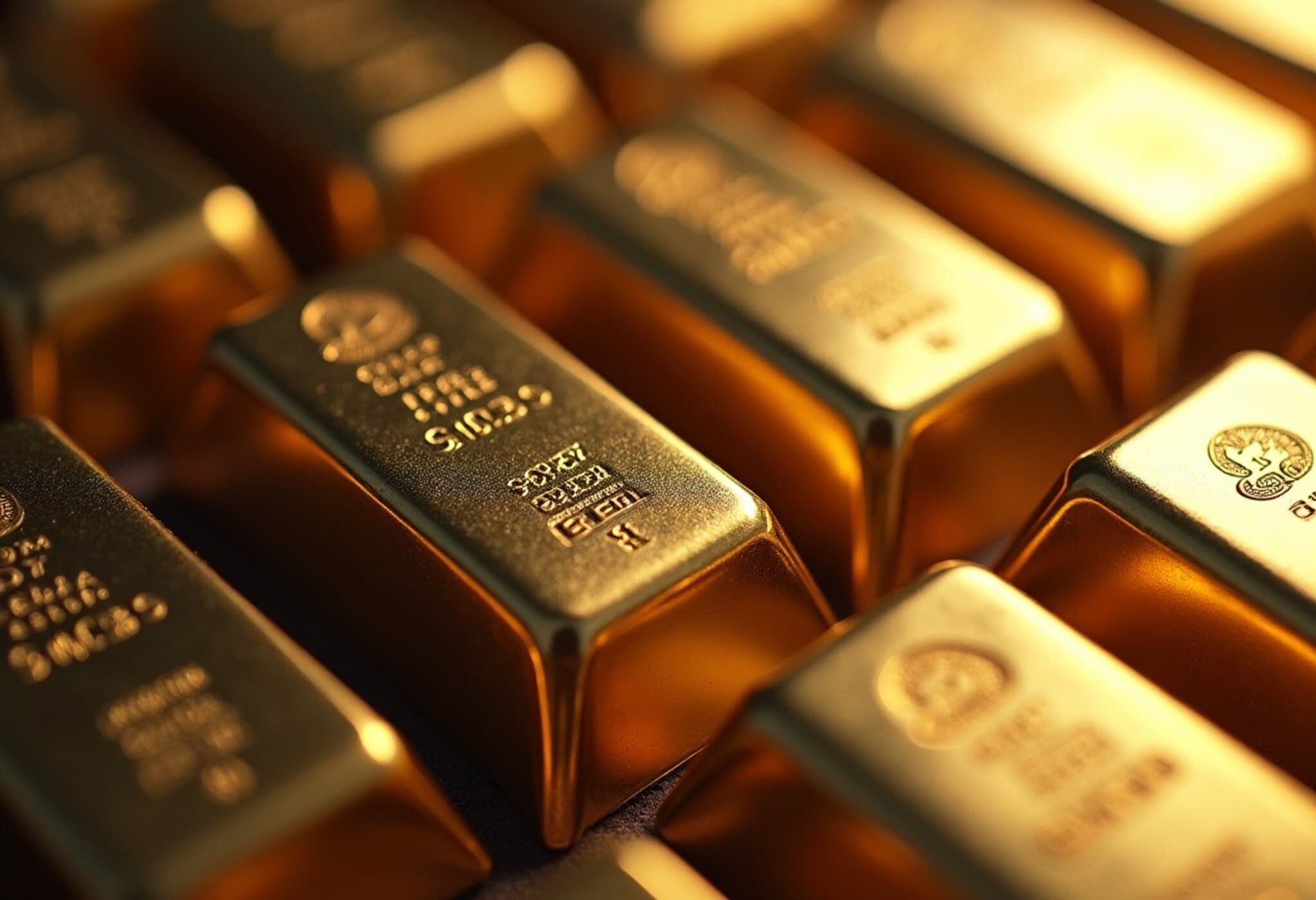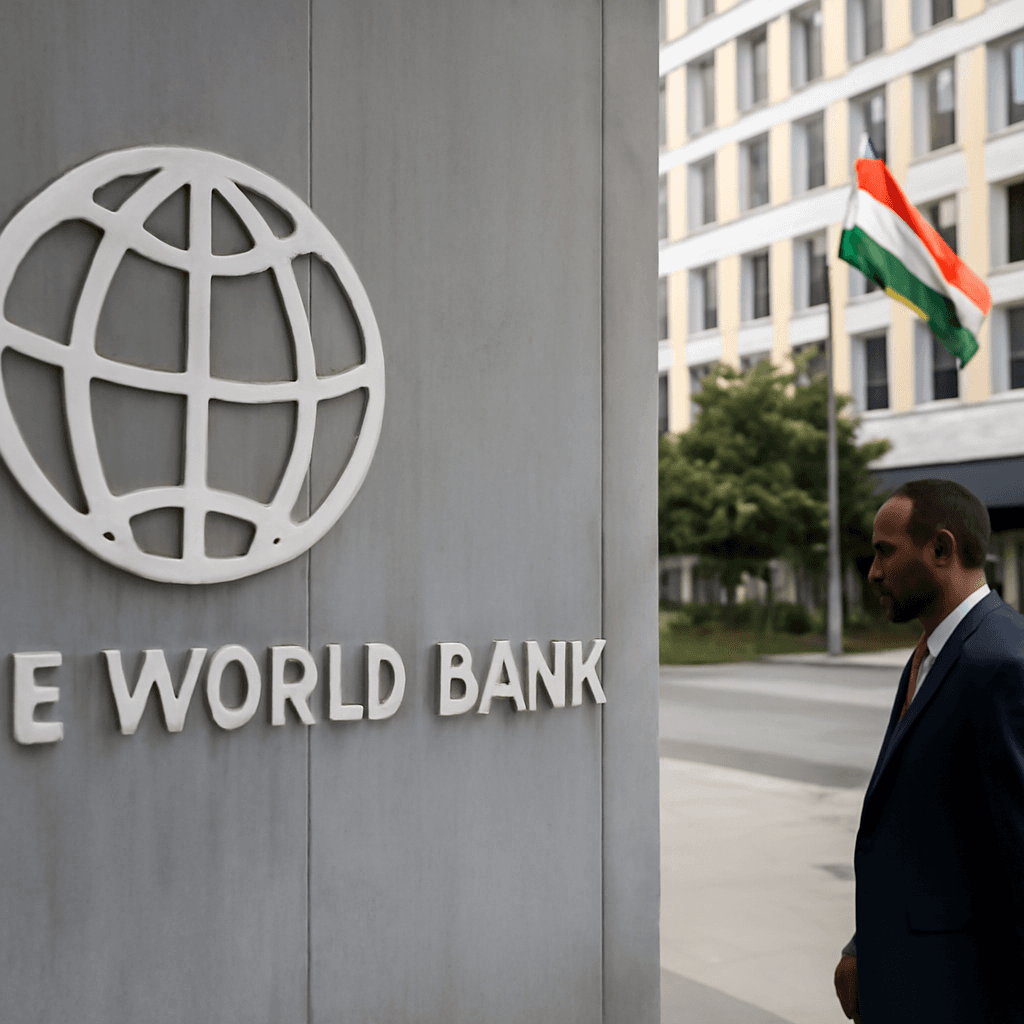Central Banks Turn to Domestic Gold to Strengthen Reserves Amid Soaring Prices
As global gold prices continue their upward climb, more central banks are embracing a strategic shift—sourcing gold directly from local mines rather than relying solely on international markets. This approach not only offers cost savings but also supports domestic industries and helps diversify reserves without further depleting foreign currency holdings.
Why Local Gold Purchases Are Gaining Momentum
Historically, central banks have acquired gold primarily through the global over-the-counter (OTC) market, which operates predominantly out of London, trading in major currencies such as the U.S. dollar, euro, or British pound. These transactions typically involve high-purity London Good Delivery (LGD) bars, meeting rigorous standards for global trading and stored in secure vaults such as those at the Bank of England.
However, reports from the World Gold Council (WGC) reveal a growing trend: 19 out of 36 central banks surveyed are now purchasing gold directly from domestic artisanal and small-scale mines, with an additional four considering such moves. This marks a notable increase compared to previous years.
- Cost Efficiency: Buying locally allows central banks to acquire gold at a slight discount compared to international spot prices, avoiding intermediary markups and shipping fees.
- Monetary Flexibility: Utilizing local currency for purchases means central banks don’t have to convert or use foreign reserve assets like the U.S. dollar, preserving those reserves for other economic needs.
- Support for Local Economies: Procuring gold domestically helps sustain artisanal and small-scale miners, creating jobs and encouraging responsible mining practices.
Countries Leading the Way
Countries such as Colombia, Tanzania, Ghana, Zambia, Mongolia, and the Philippines have been actively expanding their use of domestically mined gold to bolster their financial reserves. For instance, Ghana’s Gold Board recently secured agreements to purchase 20% of output from certain mining companies, while Tanzania mandated gold exporters to sell to its central bank.
In the Philippines, the central bank’s ability to refine gold to LGD standards domestically further reduces costs and streamlines reserve accumulation. Similarly, Kazakhstan operates two LBMA-accredited refiners. Conversely, countries lacking local LGD refining often must send gold abroad for processing, adding some costs despite upfront savings on raw gold purchases.
Balancing Benefits and Risks
Although buying gold locally brings advantages, there are challenges, particularly in ensuring the traceability and ethical sourcing of gold from artisanal mines, which can sometimes be linked to labor abuses and environmental harm.
Nicky Shiels, head of research and metals strategy at MKS PAMP, cautions about reputational risks central banks face when diverging from trusted international bullion channels. However, Shaokai Fan, global head of central banks at WGC, points out the powerful role central banks can play in formalizing and cleaning up the artisanal gold supply chain.
"Central banks, with their institutional credibility, have the capacity to provide small-scale miners a legal and fair outlet," Fan explains. "This not only reduces illicit flows but enhances traceability and accountability—benefiting communities and national economies alike."
Strategic Implications for Reserve Management
Amid volatile geopolitical landscapes and rising global debt, central banks see gold as a vital hedge and buffer. The WGC’s survey of 73 banks found that 95% expect to increase gold reserves within the next year. Buying locally-produced gold forms part of a broader diversification strategy that enhances monetary sovereignty and resilience.
Fan elaborates, "By tapping into local resources, central banks avoid sacrificing foreign reserves like the U.S. dollar to accumulate gold, effectively growing their wealth using their own currency."
Looking Ahead: A Win-Win for Economics and Communities
The trend toward domestic gold sourcing represents a nuanced shift with profound economic and social consequences. It allows central banks to strengthen financial reserves smartly while empowering local miners and mitigating some environmental and ethical concerns through more formalized supply chains.
Yet, success depends on robust regulatory frameworks and transparent refining capabilities. The growing adoption of local mining partnerships reveals a forward-looking approach in central banking - one that balances global economic realities with national interests and ethical responsibility.
Editor’s Note
As global uncertainties prompt central banks to diversify their reserve assets, the strategy of buying gold directly from local mines raises compelling questions. How can emerging economies balance cost savings with the need for ethical sourcing? Will domestic refining infrastructure keep pace with rising demand? And could this shift reshape the global gold market’s traditional dynamics? These evolving trends merit close attention for their far-reaching economic and geopolitical implications.



















